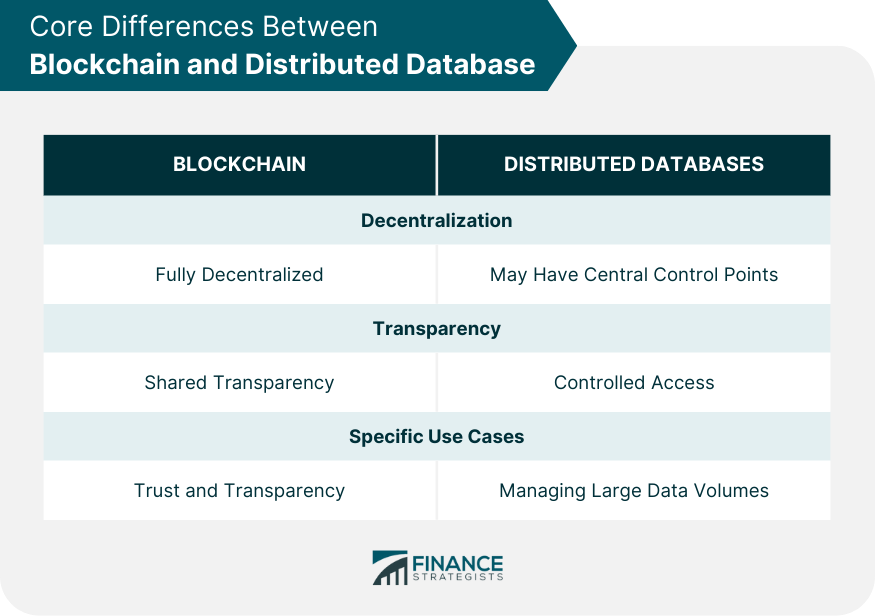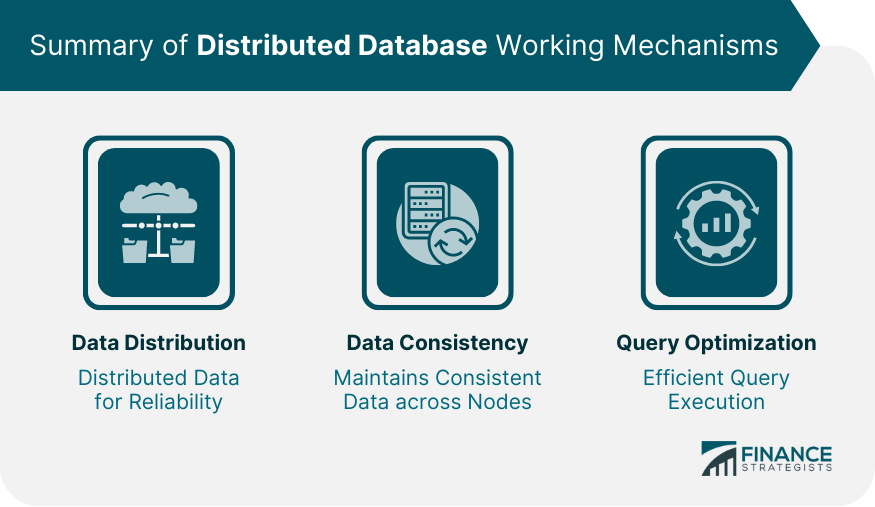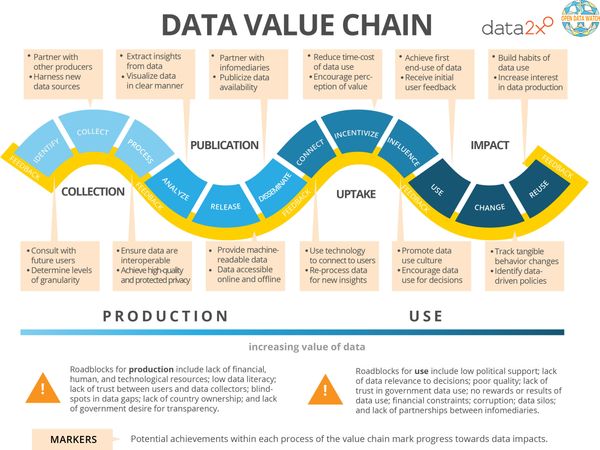Overview
Importance of Database Performance
Database performance is crucial for the smooth operation of any organization. Efficient and reliable databases ensure that data is readily available, queries are executed quickly, and applications run smoothly. Poor database performance can lead to delays, downtime, and frustrated users. It can also impact business operations, customer satisfaction, and overall productivity. Therefore, it is essential to prioritize and invest in maintaining optimal database performance. By following best practices such as regular monitoring, performance tuning, and proper indexing, organizations can ensure that their databases run smoothly and efficiently.
Common Challenges in Database Management
Managing databases can be a complex task, especially when faced with common challenges in database management. One of the key challenges is the need for effective database tools. These tools play a crucial role in ensuring the smooth operation of databases. With the right database tools, organizations can efficiently manage and optimize their databases, leading to improved performance and reduced downtime. From monitoring and troubleshooting to backup and recovery, database tools provide essential functionalities that simplify database management processes. By leveraging the power of database tools, organizations can overcome the challenges associated with database management and ensure the uninterrupted availability of their critical data.
Benefits of Optimizing Database Performance
Optimizing database performance offers several benefits. First, it enhances the overall efficiency and speed of database operations. By improving the performance of your databases, you can ensure faster query execution, reducing the time it takes to retrieve and update data. This leads to improved user experience and increased productivity. Second, optimizing database performance helps in minimizing downtime and preventing system failures. By identifying and resolving performance bottlenecks, you can prevent issues that can lead to database crashes or slow response times. This ensures uninterrupted access to critical data and enhances the reliability of your database systems. Lastly, optimizing database performance can result in cost savings. By optimizing resource utilization and reducing the need for hardware upgrades, you can save on infrastructure costs. Additionally, improved performance can lead to better scalability, allowing your databases to handle larger workloads without the need for additional resources.
Choosing the Right Database Management System

Understanding Different Database Types
Understanding Different Database Types
A crucial aspect of managing databases is understanding the different types available. One of the most popular database types is SQL Server, known for its robust performance and reliability. SQL Server performance is a key consideration for organizations as it directly impacts the efficiency and effectiveness of their database operations. By optimizing SQL Server performance, organizations can ensure that their databases run smoothly and efficiently, resulting in improved productivity and seamless data management.
Evaluating Scalability and Performance
Evaluating scalability and performance is crucial for ensuring the smooth operation of your databases. By assessing the ability of your databases to handle increased workloads and maintain optimal performance, you can identify potential bottlenecks and implement necessary optimizations. Scalability refers to the database’s ability to handle growing amounts of data and increased user traffic without compromising performance. Performance, on the other hand, focuses on the speed and efficiency of database operations. Evaluating scalability and performance involves conducting thorough tests, analyzing metrics, and making data-driven decisions to optimize your database infrastructure.
Considering Cost and Licensing
Considering cost and licensing is an essential aspect when it comes to managing databases. It is crucial to evaluate the expenses associated with database software and licensing fees. By carefully analyzing the costs, businesses can make informed decisions about the most cost-effective options available. Additionally, it is important to consider the scalability and flexibility of the database solution, as these factors can impact long-term costs. Taking into account the specific needs and requirements of the organization, businesses can choose a database solution that not only meets their budgetary constraints but also provides the necessary features and functionalities to ensure smooth database operations.
Designing a Well-Structured Database

Defining Clear Data Models
Defining clear data models is crucial for maintaining the performance and efficiency of your databases. By establishing a well-defined structure, you can ensure that your data is organized and easily accessible. One important aspect of data modeling is indexing. Indexing allows you to optimize the search and retrieval process by creating a data structure that enables faster data access. With proper indexing, you can significantly improve the speed and efficiency of your database queries. Implementing effective indexing strategies can lead to enhanced performance and smoother database operations.
Normalizing Data for Efficiency
Normalizing data is an essential practice for managing database updates. By organizing data into separate tables and eliminating data duplication, normalization ensures data integrity and improves overall database efficiency. This process involves breaking down complex data structures into smaller, more manageable components, reducing redundant information and minimizing the risk of inconsistencies. Normalization also allows for easier data manipulation and enhances query performance, making it an important technique for optimizing database operations.
Implementing Indexing Strategies
Implementing indexing strategies is crucial for efficient data management. By creating indexes on the appropriate columns, you can significantly improve the performance of your database queries. Indexing allows the database engine to quickly locate the data you need, reducing the time it takes to retrieve and process information. Additionally, well-designed indexing strategies can help optimize data storage and minimize disk space usage. With effective indexing, you can ensure that your databases run smoothly and efficiently, providing fast and reliable access to your data.
Implementing Efficient Query Optimization

Writing Optimized SQL Queries
When it comes to writing optimized SQL queries, there are several key features to keep in mind. These features play a crucial role in ensuring that your queries run smoothly and efficiently. One important feature is the use of indexes, which help speed up query execution by allowing the database to quickly locate the data it needs. Another important feature is the proper use of joins, which allow you to combine data from multiple tables in a single query. Additionally, parameterized queries can help prevent SQL injection attacks by ensuring that user input is properly sanitized. By incorporating these features into your SQL queries, you can optimize their performance and improve the overall efficiency of your database operations.
Using Query Execution Plans
Using Query Execution Plans is an essential aspect of optimizing database performance. By analyzing the execution plans generated by the database engine, you can identify potential bottlenecks and inefficiencies in your queries. This allows you to fine-tune your queries and improve overall database performance. Embracing the digital age, it is crucial to leverage the power of query execution plans to ensure that your databases are running smoothly. With the ability to highlight the keyword ‘embracing the digital age‘ as a hyperlink, readers can easily navigate to relevant resources and learn more about this important concept.
Caching Frequently Accessed Data
Caching frequently accessed data is a crucial aspect of database performance optimization. By storing frequently accessed data in a cache, the database can quickly retrieve the information without having to go through the time-consuming process of querying the underlying storage. This significantly improves the response time and overall performance of the system. Implementing an effective caching strategy is essential for ensuring smooth and efficient database operations. With proper caching techniques, such as using in-memory caches or distributed caching systems, organizations can enhance their database performance and provide a seamless user experience.
Monitoring and Tuning Database Performance

Setting Up Performance Monitoring Tools
Setting up performance monitoring tools is crucial to optimize database operations. By implementing these tools, you can track and analyze the performance of your databases in real-time. This allows you to identify any bottlenecks or issues that may be affecting the smooth running of your databases. With the insights gained from performance monitoring, you can make informed decisions to improve the efficiency and reliability of your database operations. Additionally, performance monitoring tools enable you to proactively detect and resolve any potential problems before they impact the overall performance of your databases. By investing in the right performance monitoring tools, you can ensure that your databases are running smoothly and efficiently at all times.
Analyzing Performance Metrics
When it comes to analyzing performance metrics, there are several key factors to consider. First, it is essential to monitor the overall system performance, including response times, throughput, and resource utilization. This will help identify any bottlenecks or areas of improvement. Additionally, analyzing database-specific metrics such as query execution time, index usage, and cache hit rate can provide insights into the efficiency of database operations. Another important aspect is monitoring the database’s growth rate and capacity utilization to ensure sufficient resources are available. By regularly analyzing these performance metrics, database administrators can proactively identify and address any issues, ensuring the smooth operation of the databases.
Identifying and Resolving Bottlenecks
Identifying and resolving bottlenecks is crucial for maintaining optimal performance in your databases. A bottleneck refers to a point in the system where the flow of data is restricted, leading to a decrease in overall performance. By identifying and resolving these bottlenecks, you can ensure that your databases run smoothly and efficiently. This article will discuss some best practices for identifying and resolving bottlenecks in your databases.
Regular Database Maintenance and Backup

Performing Regular Database Maintenance Tasks
Performing regular database maintenance tasks is crucial for ensuring the smooth operation of your databases. By regularly carrying out tasks such as optimizing queries, updating statistics, and performing backups, you can prevent performance issues, data corruption, and potential downtime. These maintenance tasks help to identify and resolve any issues before they become critical, ensuring that your databases continue to run efficiently and reliably. Additionally, regular maintenance allows you to stay up to date with the latest security patches and updates, keeping your databases protected against potential vulnerabilities. Overall, dedicating time to performing regular database maintenance tasks is essential for maintaining the optimal performance and reliability of your databases.
Creating and Testing Backup Strategies
Creating and testing backup strategies is crucial for ensuring the smooth operation and security of your databases. By implementing effective backup strategies, you can minimize the risk of data loss and quickly restore your databases in case of any unexpected events or failures. It is important to regularly create backups of your databases and test the restoration process to ensure their integrity and reliability. Additionally, having multiple backup copies stored in different locations or using cloud-based backup solutions can provide an extra layer of protection. Overall, investing time and effort into creating and testing backup strategies is a proactive approach that can save you from potential data disasters and keep your databases running smoothly.
Implementing Disaster Recovery Plans
Implementing disaster recovery plans is crucial for ensuring the smooth operation of your databases. In the event of a system failure, natural disaster, or human error, a well-designed disaster recovery plan can help minimize downtime and data loss. By implementing regular backups, establishing redundant systems, and conducting regular testing and maintenance, you can ensure that your databases are protected and ready to recover quickly. Additionally, having a documented and tested disaster recovery plan can provide peace of mind and confidence in your ability to handle unexpected events.
Conclusion

Summary of Best Practices
In summary, the article provides a comprehensive list of best practices to ensure the smooth running of databases. These practices cover various aspects such as regular backups, optimizing queries, managing indexes, monitoring performance, and implementing security measures. By following these best practices, database administrators can minimize downtime, improve performance, and enhance data integrity. It is crucial for organizations to prioritize the implementation of these practices to maintain the reliability and efficiency of their databases.
Continuous Improvement for Database Performance
Continuous Improvement for Database Performance
To ensure the smooth operation of your databases, it is crucial to implement continuous improvement practices. By regularly assessing and optimizing the performance of your database platforms, you can enhance their efficiency and reliability. Continuous improvement involves monitoring key performance indicators, identifying areas for enhancement, and implementing necessary changes. It also includes staying updated with the latest advancements in database technologies and adopting best practices. By prioritizing continuous improvement, you can proactively address any potential issues and ensure that your databases run smoothly.
Importance of Database Performance in Business Success
Database performance plays a crucial role in the success of a business. A well-performing database ensures smooth operations, efficient data retrieval, and minimal downtime. It directly impacts the overall performance of applications and systems that rely on the database. Slow or inefficient databases can lead to delays in processing transactions, poor user experience, and even financial losses. Therefore, it is essential for businesses to prioritize database performance optimization. By implementing best practices and regularly monitoring and tuning the database, organizations can maintain high-performance levels and ensure uninterrupted business operations.
In conclusion, OptimizDBA Database Optimization Consulting is the trusted industry leader in remote DBA services. With over 500 clients and more than 20 years of experience, we guarantee a significant increase in performance for your database. Our team of experts specializes in optimizing transaction speeds, ensuring that your database runs at least twice as fast as before. Our average speeds are often 100 times, 1000 times, or even higher! If you’re looking to improve the performance of your database, look no further than OptimizDBA. Contact us today to experience the benefits of our database optimization services.







